b720 designs greenhouse-inspired Pavilion for Spain at the Expo Milano 2015
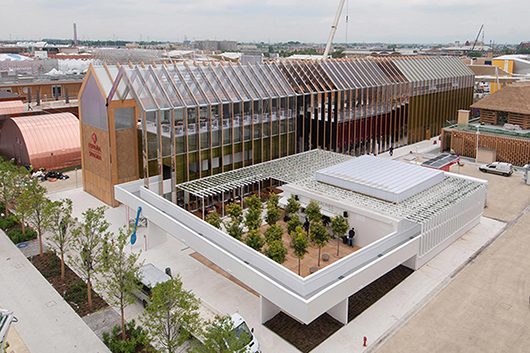
The Spanish Pavilion, under the title The language of taste, takes inspiration from a double-naved, portico-shaped greenhouse and has been developed around two conceptual themes - Tradition and Innovation. The Pavilion, under the direction of b720 Fermín Vázquez architects, represents the excellent state of Spanish architecture.
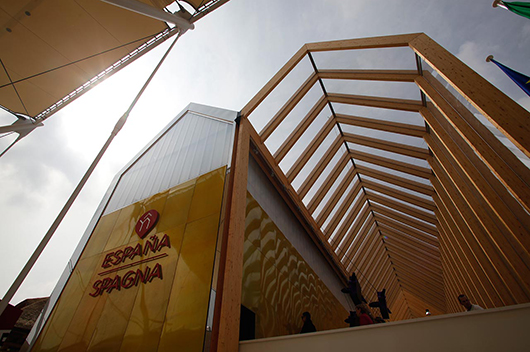 title="Más..." />
title="Más..." />
Covering an area of 3,300m2 (10,826ft2), the pavilion is located at the intersection of two of the main streets in the expo, Cardo and Decumano. Inside, visitors will witness the excellent state of the Spanish agri-food industry, stemming from a combination of tradition and experience in food production and distribution, and the variety of the country's geographical and climate conditions.
The design of the Pavilion makes it the ideal space for housing a dynamic programme of activities as well as an artistic installation and exhibition.


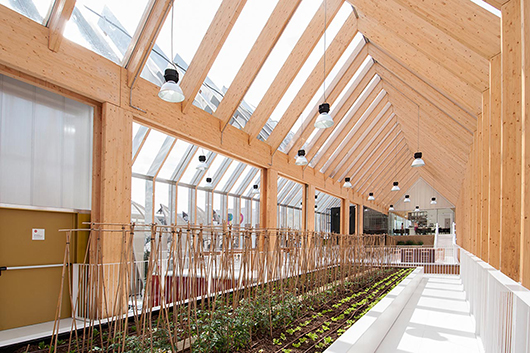

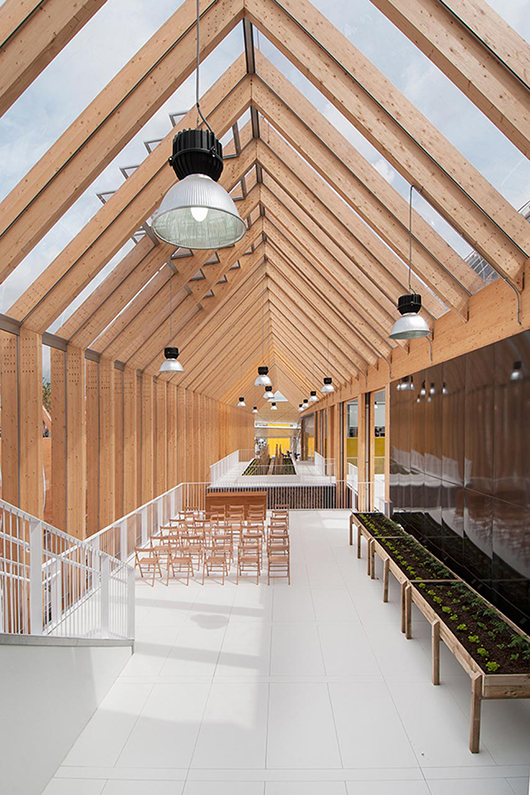
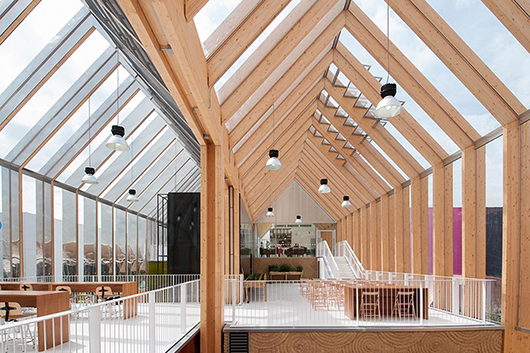
The voyage of taste, an installation created by Antoni Miralda (Terrassa, Barcelona, Spain 1942), a multidisciplinary artist and representative of Food Cultura, welcomes visitors upon their arrival at the Pavilion. Using twenty-something suitcases, the installation poetically reflects on the “voyage” taken by some food items in the context of the theme of the expo itself.
The exhibition, The language of taste, takes us through the Spanish countryside via the imagination of a cook, teaching us about the most representative elements of Spanish food production - organic, sustainable and of great quality. It simultaneously reflects on the creativity of Spanish gastronomy and the understanding of cooking and food as a social act that allows us to share life experiences.
The Spanish Pavilion has been conceived as an open area that houses a variety of activities in various spaces: an auditorium with space for 80 people, workshops that house 40 people each, garden areas and educational vegetable gardens.



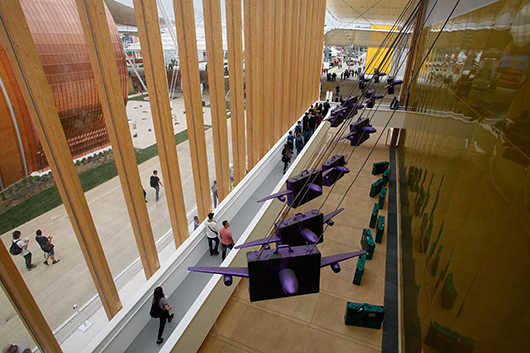
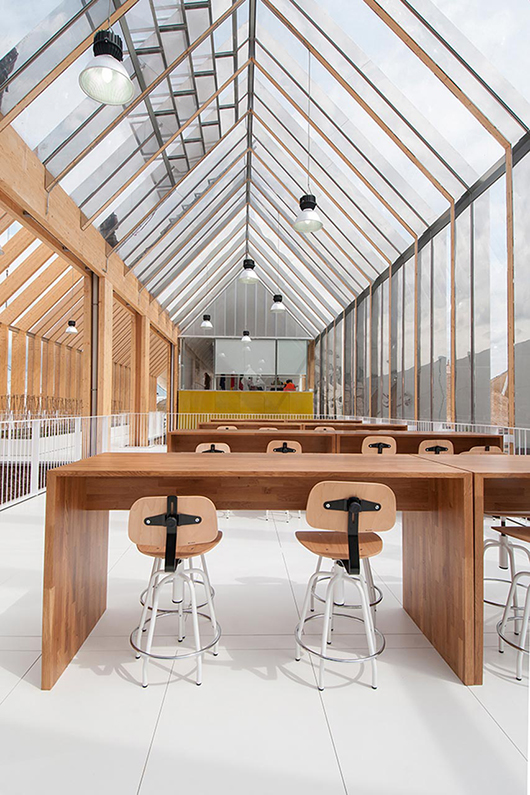

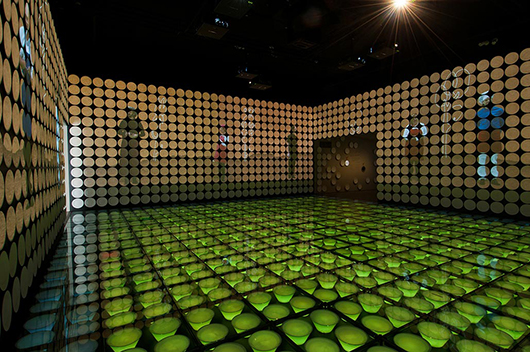
Food plays a starring role at the Pavilion. Grupo Sagardi, winners of the contract overseen by AC/E, manages the catering. As well as a gourmet shop, Grupo Sagardi operates various restaurant areas: a tapas bar with products from all over Spain, a second casual bar with live music at night, and a gourmet restaurant with extensive menu.
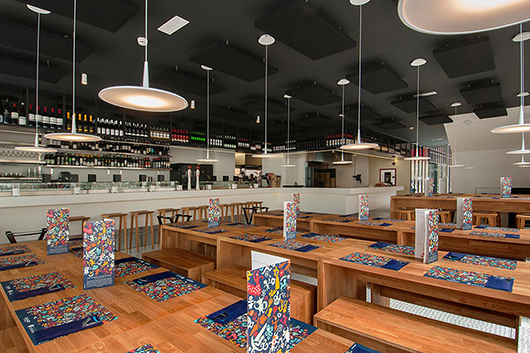
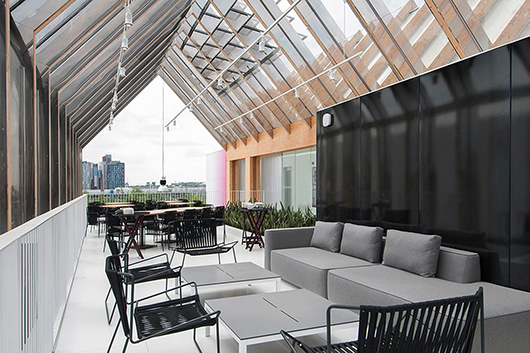
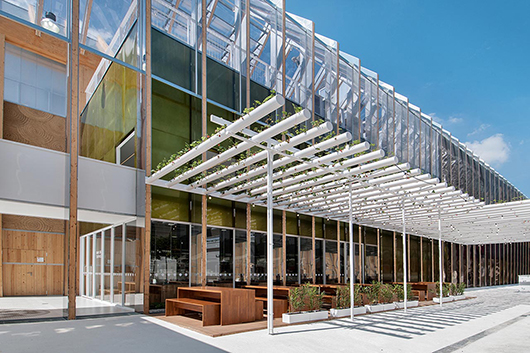
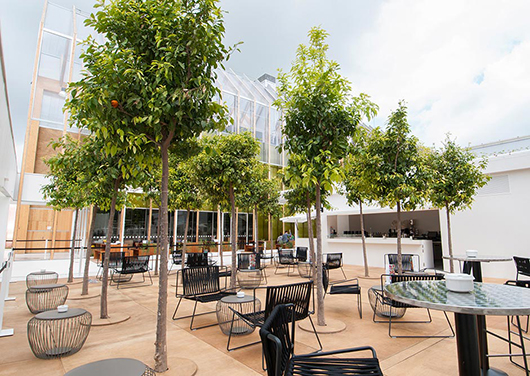

Both local governments and public and private organizations contribute multiple initiatives to the Pavilion's planned programme:
The Spanish Ministry for Agriculture, Environment and Food host activities designed to reflect on global challenges facing society from three perspectives: the first, the launch of Desafios (Challenges), about best practice in agriculture and food (successful initiatives relating to the promotion of healthy eating, a reduction in food waste and the fostering of innovation); the second, a series of technical meetings in the Pavilion; and the third, theatre-based initiatives designed to raise awareness, especially in younger individuals, about the challenges at hand.
Elsewhere, the Spanish autonomous communities host themed weeks in the Pavilion showcasing their own programmes of wine and food tastings, conferences, and musical and theatrical performances.
Similarly, tourism, food and gastronomic companies and associations carry out activities designed to promote and showcase the Spanish food production and culinary sectors.
The Spanish Pavilion also collaborates with the Spanish Embassy, the Spanish Consulate, the Commerce Office, Tourism Board and Cervantes Institute in Milan.
Source: Acción Cultural Española
News Infurma:
Online Magazine of the International Habitat Portal. Design, Contract, Interior Design, Furniture, Lighting and Decoration
